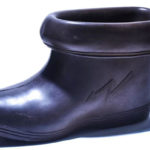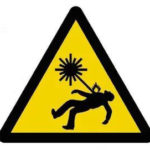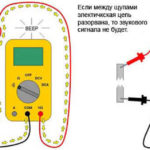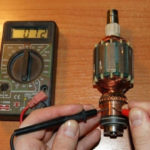Electrically insulating (electrically insulating, dielectric) gloves are necessary to protect the hands of an electrician from electric shock. Their use is mandatory for both professionals and amateurs who work with electrical equipment with a load of up to 1000V.
Content
Types of dielectric gloves for an electrician
For production, rubber or latex is usually used. The size of the leggings is selected in such a way that it is comfortable to work in them. If dielectric gloves are supposed to be used at negative temperatures outside, the width should be larger (so that knitwear can be worn under overalls).
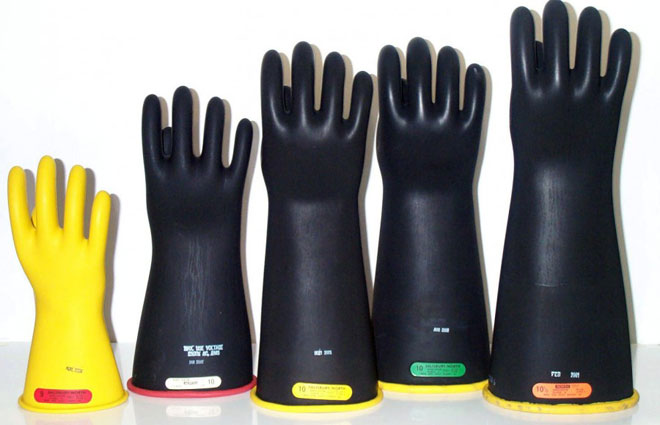
There are such types of dielectric gloves:
- two-fingered and five-fingered;
- suture and seamless dielectric gloves.
In electrical installations, you can use insulating gloves marked "Ev" and "En":
- "Ev" - the product protects the skin from a voltage of more than 1 KV (as an auxiliary protective agent);
- "En" - is used as the main protective agent for currents up to 1 kV.
Principles of verification and timing of testing dielectric gloves
Safety regulations establish the need to test dielectric gloves every six months. Testing is carried out in laboratory conditions: first, the pair is subjected to a load of 6 kV for 60 seconds. If the products are suitable for operation, they conduct no more than 6mA, if the material conducts more current, the leggings are unsuitable for use as electrical protection equipment.
Check sequence:
- Electrically insulating dielectric gloves are placed in a metal tank with warm or slightly cool (not lower than 20 C) water. At the same time, the gloves are not completely immersed - the top should peek out 45-55 mm above the surface. This is necessary so that the electrodes can be placed inside the gloves. The material above the water (as well as the walls of the tank, not filled with liquid) must be dry.
- One of the contacts of the transformer is connected to the capacitance, the second is grounded. An electrode grounded by means of a milliammeter is immersed in the gloves. Thanks to this method, it is possible not only to assess the integrity of the material, but also to test whether an electric current flows through the product.
- The load comes from transformer equipment, which is connected with one wire to the tank, and the second - to the on/off switch.The first way to check: a chain transformer-discharge lamp-electrode; the second way: chain transformer-milliammeter-electrode.
It is possible to check several pairs at once, provided that it is possible to check the load passing through each product. After testing, the leggings are thoroughly dried.
The frequency of inspection of dielectric gloves must be strictly observed, since when working with currents up to 1 kV, this is often the only protection against a possible electric shock.
Requirements for rubber gloves for electricians
Dielectric gloves for current up to 1000V and more than 1 KV have two layers of different colors. There is a number marking on the outside.
When issuing each batch, the following data must be indicated:
- Product name;
- Date of manufacture;
- The number of gaiters in the batch;
- Type and marking;
- Commodity mark;
- Expiry date and warranty.
Before use on leggings, tests are carried out, the results of which are marked in a special form. First, one pair is taken. If the product has not passed the test, 2 other pairs are taken from the same batch, but more in-depth testing is carried out on them. If they pass the test, this expands the possibilities of use for the entire batch; if not, dielectric gloves are accepted, that is, they do not meet the requirements.
If the goods are transported from one climatic zone to another, the consignment is left for a day at room temperature and only then unpacked.During storage, dielectric gloves should not be exposed to ultraviolet rays (sunlight), and the packaging should be located at a distance of at least 1 m from heating and heating devices.
Length of gloves according to GOST
The parameters of dielectric rubber gloves (including length) are formed taking into account their purpose. There are three types of products:
- For particularly delicate work;
- Ordinary;
- For tough jobs.
The wall thickness should be no more than 9 mm for models designed for rough work, and no more than 4 mm for fine work. The best option is when leggings are easily put on warm (or knitted) gloves or mittens.
As for the requirements for dielectric gloves in length, it must be at least 35 cm.

Service life of dielectric gloves
If the storage rules are observed, dielectric gloves usually last 1 year or more (if there is a periodic check of the product - once every six months). The warranty period must be indicated on the packaging.
If safety precautions are not observed, a person wearing gloves can shock with an electric shock, from which muscle spasm is possible, difficulty breathing, or even death.
In some people, the skin does not conduct electricity, so when they get an electric shock, they do not feel discomfort at first. However, there are signs by which you can understand that an electric shock has occurred and medical attention is needed. It:
- A sharp fall of an employee if he was standing next to electrical appliances or electrical equipment;
- Deterioration of vision (the eye does not react to light), understanding of speech;
- Stop breathing;
- Seizures, loss of consciousness.
Electric shock may cause burns to the skin. However, if it is not there, this does not mean that everything is fine: the current may not affect the outer skin coverings, but cause problems with breathing or the heart.
It is important to immediately remove the person from the source of the electric shock, since he himself will not be able to remove his hand from the wire. To do this, you can not use your hands, you need to act on an object that does not conduct electricity. Then you need to check if the person has a pulse, breathing. If not, you should immediately call an ambulance and start resuscitation (artificial respiration). It is also important to find the place where the current entered, cool it with water for 10-15 minutes, wrap the damaged areas of the skin with clean bandages.
Features of using electrically insulating gloves
Before use, dielectric gloves should be inspected, paying attention to the absence of mechanical damage, contamination and moisture, and also check for punctures by twisting the gloves towards the fingers.
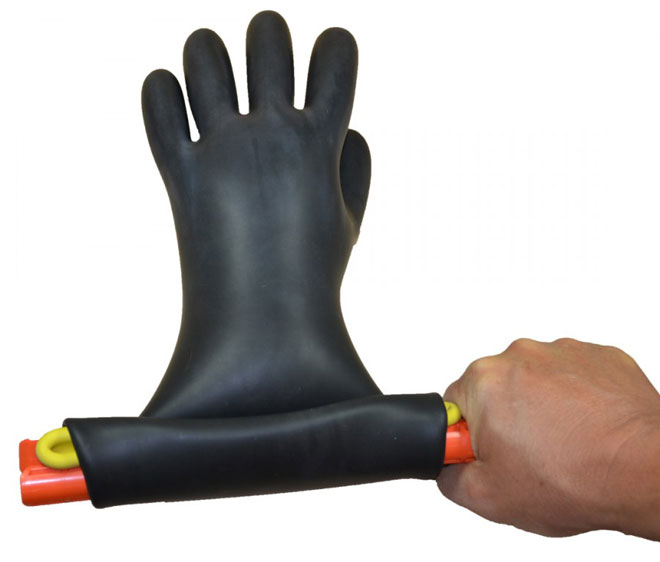 Before putting on dielectric gloves, it is necessary to inspect them, focusing on the following points:
Before putting on dielectric gloves, it is necessary to inspect them, focusing on the following points:
- Check stamp must be present
- The product must not be mechanically damaged.
- Gaiters should not be dirty and wet
- There must be no punctures or cracks
Here, almost everything is clear and easy to assess visually, but how to check dielectric gloves for punctures? To do this, twist the leggings towards the fingers - the cracks will immediately become noticeable.
During operation, the edges of the gloves must not be tucked.To protect against mechanical impact, you can wear leather or tarpaulin products on top.
From time to time, it is recommended to wash the pair used in a soda solution (you can use ordinary soapy water). The gloves are then dried.
Similar articles:Important: If dielectric gloves meet the protective properties, they can be used for six months, until the next inspection. In this case, before each use, you need to check their condition. If cracks, mechanical damage, and so on are found, this protective agent cannot be used.

